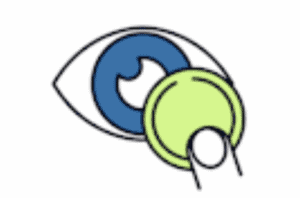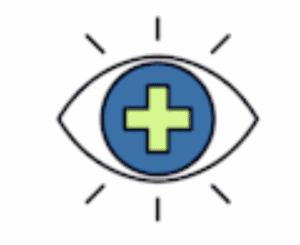Contact Lens Research
Most Recent Articles
Soft contact lenses have the ability to correct vision for eyes with astigmatism. Soft contacts that are designed to correct for astigmatism errors are labeled either “Toric” or “for Astigmatism.” For eyes with low amounts of astigmatism, this type of corrective lens may not be necessary, so its best to let your eye doctor guide you to the best lens design for you, and then go to DeliverContacts.com for ALWAYS LOW prices with FREE DELIVERY to make your purchase.
Read MoreThis article discusses the Vergence-Accommodative Conflict found in current Virtual Reality Technology
Read MoreMyopia management is a revolutionary movement in eyecare that demonstrates a proven form of slowing down the progression of nearsightedness. In April of 2021, the World Council of Optometry recommended that myopia management be considered a “Standard” in eye care. Visit our home page DeliverContacts.com and switch to big savings on your lenses. Easily prescription…
Read MoreIntroduction to Ocular Allergy Treatments Treatment of allergies often involves removing contact lenses (if you wear them) and utilizing one of many options of eye medicines containing antihistamines and mast cell stabilizers to combat the symptoms of itchy, swollen, red, and watery eyes. Treatments have been fine-tuned to the typical use of these drugs by…
Read MoreContact Lens Size: “Diameter” Meaning Diameter, in the context of contact lenses, refers to the edge-to-edge measurement of a lens. It plays a crucial role in ensuring a proper fit on the wearer’s cornea, contributing to both comfort and visual clarity. A correct lens diameter can prevent issues like irritation or discomfort, while incorrect diameters…
Read MoreWhen it comes to wearing contact lenses, comfort and fit are key factors to ensure optimal vision and eye health. One crucial aspect that dictates these factors is the ‘base curve’, often abbreviated as BC. Though most contact lenses come in specific base curve options when your doctor prescribes them to you, it’s important to…
Read MoreIt’s Halloween time again, and many people are buying Halloween costume color contact lenses, often referred to as “Cosplay” (dressing as your favorite character from movies, anime, or video games) lenses. Yes, it is fun to enjoy the thrills that Halloween can bring, but be aware that there are risks associated with these contact lenses.…
Read MoreThe eyelids perform the functions of protection and support to the eye, which includes tear film production and spread. The thinnest skin of our body is located on the lids. Beneath this skin are thin orbicularis muscle fibers and connective tissue that, when in protective mode, can squeeze the lids tightly to protect the eye…
Read MoreEyelashes serve the purpose of protecting the eye from irritation from the surrounding world. It is pretty amazing how well they perform when you consider how many fine particles and debris tend to float through the air. Lashes act both like screens to stop external material from entering the eye and as “feelers” (like animal…
Read MoreIntroduction to Sclera The white part of the eye – that makes up the majority of the external visible part of the eye – is called the sclera. The first part of the word “scler-” means hard, as the full word “sclera” is referencing a “hard” membrane. The sclera receives this label because it is…
Read More





